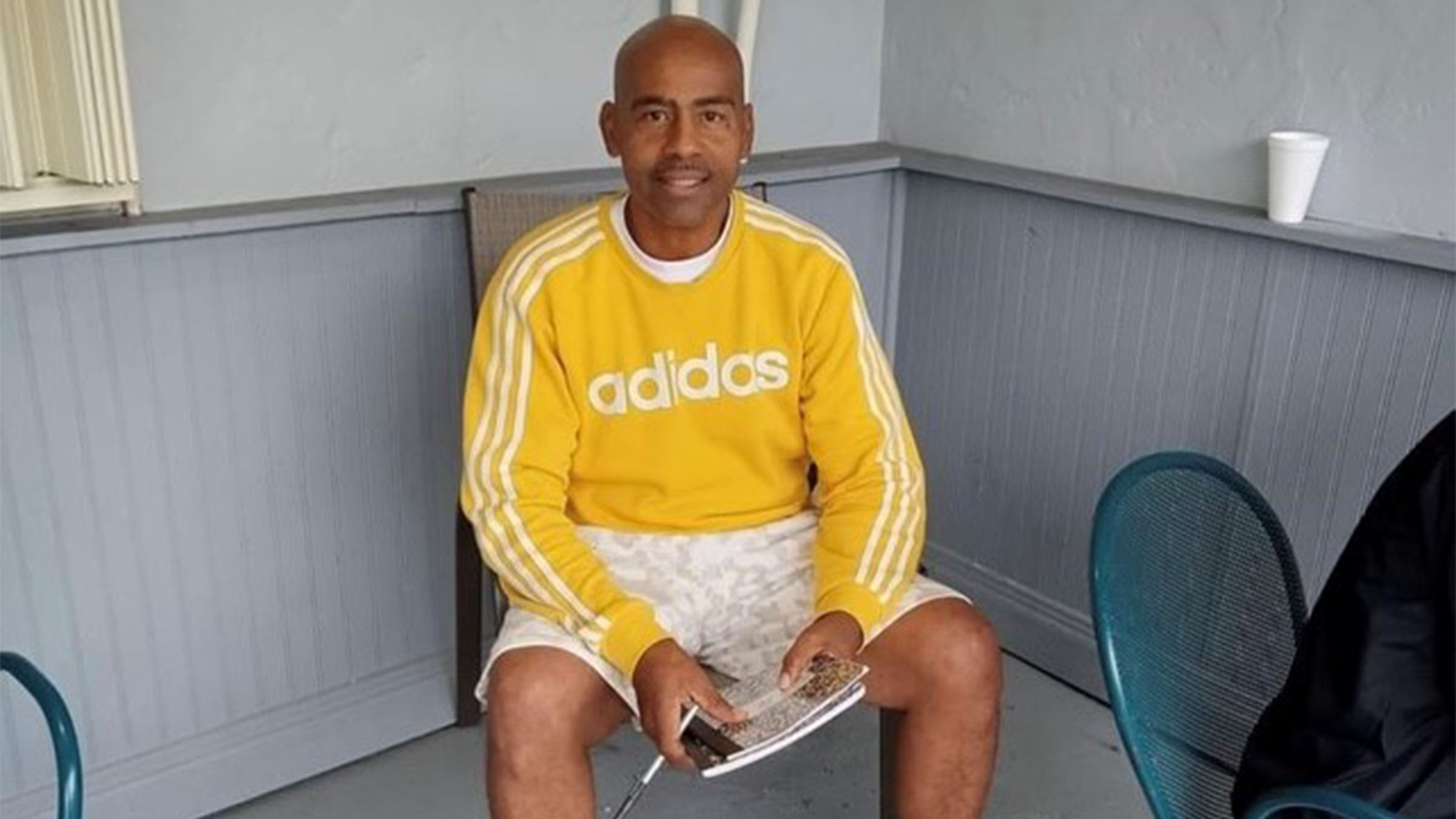We have been here before.
The virus seemingly wanes. Restrictions are eased.
But then what?
Plot any metric used to gauge the coronavirus impact in Florida on a chart, and you might envision a roller coaster.
First positivity rates go up.
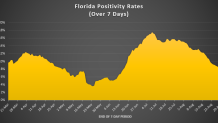
Then, hospitals get busy.
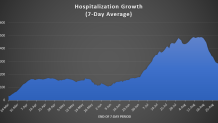
And, finally, so do medical examiner's offices.
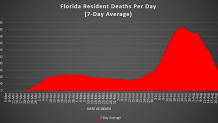
It’s happened twice -- the second elevation much worse than the first -- and now on a down-slope, Gov. Ron DeSantis is trumpeting the latest numbers.
Local
About 1,900 new Florida resident cases, the lowest since June 14.
New case positivity is running just below 6% over the last week.
COVID-related hospitalizations are down more than 50% in a month.
"There's been a lot of positive movement over the last four to six weeks," DeSantis said in Central Florida, one of three stops he made Monday across the state to discuss the trend. "Obviously we want to see that continuing."
One data point he did not mention from five weeks ago: 190 Floridians were dying each day back then from COVID-related causes, a record high.
Instead, his office and his Department of Health have been sending out a graph that appears to show deaths plummeting recently to at or near zero.

But that graph is misleading.
It shows the number of deaths occurring each day, so it will always trail off toward zero because it takes time to confirm and count the most recent deaths.
Consider: Here's what the governor's 30-day death chart would've looked like on July 23:
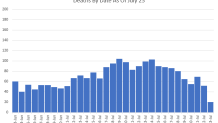
Pretty impressive, right? Deaths were "down" by 81% in nine days.
But here's what the death toll really was on those days, now that all (or nearly all) of the bodies have been counted.
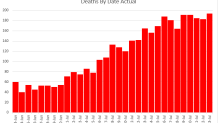
As of Monday, the actual number of deaths on July 23 is confirmed to be 194 -- not the 20 shown on the graph DeSantis' office would have published on that day.
Misleading graphs aside, the numbers are clearly improving again.
This time around, the governor is careful to say he doesn't know where this deadly roller coaster may be heading next.
Asked if he was concerned about a spike after Labor Day -- as happened after July 4 -- DeSantis said: "Well, we’re always looking to see what happens. I mean, I think, the one thing we’ve shown is I think the system, we’re going to be able to handle what happens going forward."
And hope the ride is nearing its end.

